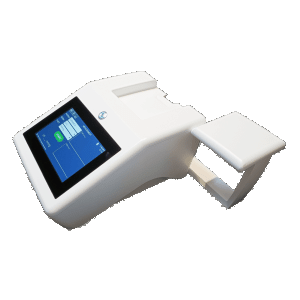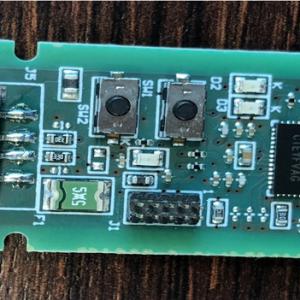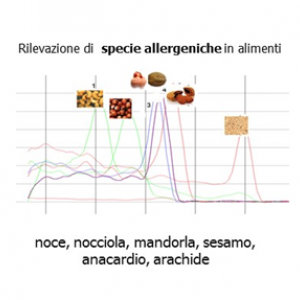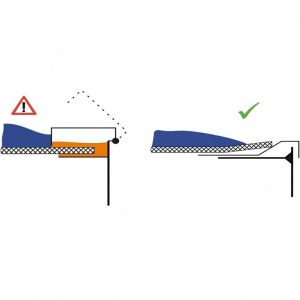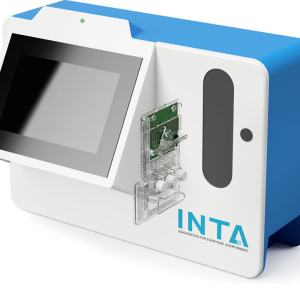
Rapid diagnostic device for brain trauma (NanoAnalyzer)
Currently, the diagnosis of traumatic brain injury (TBI) is based on expensive and invasive CT scans, with a 90% negative result.
The NanoAnalyzer detects – through a simple blood test – six specific biomarkers of TBI, providing rapid, non-invasive...


